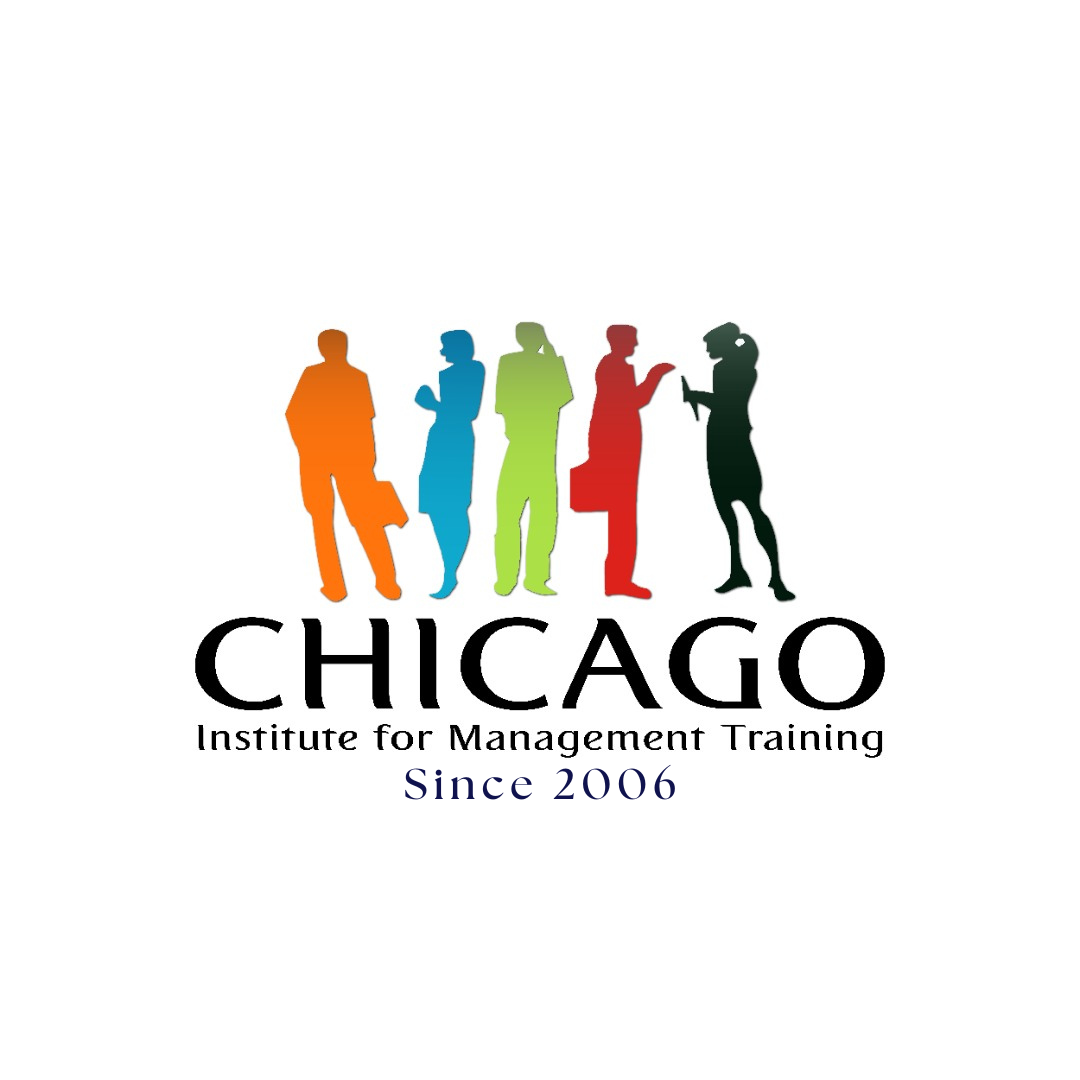Curriculum
- 7 Sections
- 77 Lessons
- 40 Hours
Expand all sectionsCollapse all sections
- 1. Understand the key concepts of service management22
- 1.11.1 Recall the definition of:
- 1.2a) Service
- 1.3b) Utility
- 1.4c) Warranty
- 1.5d) Customer
- 1.6e) User
- 1.7f) Service management
- 1.8g) Sponsor
- 1.91.2 Describe the key concepts of creating value with services:
- 1.10a) Cost
- 1.11b) Value
- 1.12c) Organization
- 1.13d) Outcome
- 1.14e) Output
- 1.15f) Risk
- 1.16g) Utility
- 1.17h) Warranty
- 1.181.3 Describe the key concepts of service relationships:
- 1.19a) Service offering
- 1.20b) Service relationship management
- 1.21c) Service provision
- 1.22d) Service consumption
- 2. Understand how the ITIL guiding principles can help an organization adopt and adapt service management9
- 2.12.1 Describe the nature, use and interaction of the guiding principles
- 2.22.2 Explain the use of the guiding principles :
- 2.3a) Focus on value
- 2.4b) Start where you are
- 2.5c) Progress iteratively with feedback
- 2.6d) Collaborate and promote visibility
- 2.7e) Think and work holistically
- 2.8f) Keep it simple and practical
- 2.9g) Optimize and automate
- 3. Understand the four dimensions of service management5
- 4. Understand the purpose and components of the ITIL service value system1
- 5. Understand the activities of the service value chain, and how they interconnect8
- 6. Know the purpose and key terms of 15 ITIL practices24
- 6.16.1 Recall the purpose of the following ITIL practices:
- 6.2a) Information security management
- 6.3b) Relationship management
- 6.4c) Supplier management
- 6.5d) IT asset management
- 6.6e) Monitoring and event management
- 6.7f) Release management
- 6.8g) Service configuration management
- 6.9h) Deployment management
- 6.10i) Continual improvement
- 6.11j) Change enablement
- 6.12k) Incident management
- 6.13l) Problem management
- 6.14m) Service request management
- 6.15n) Service desk
- 6.16o) Service level management
- 6.176.2 Recall definitions of the following ITIL terms:
- 6.18a) IT asset
- 6.19b) Event
- 6.20c) Configuration item
- 6.21d) Change
- 6.22e) Incident
- 6.23f) Problem
- 6.24g) Known error
- 7. Understand 7 ITIL practices8
- 7.17.1 Explain the following ITIL practices in detail, excluding how they fit within the service value chain:
- 7.2a) Continual improvement including: – The continual improvement model
- 7.3b) Change enablement
- 7.4c) Incident management
- 7.5d) Problem management
- 7.6e) Service request management
- 7.7f) Service desk
- 7.8g) Service level management
Requirements
- Willingness or Interest to learn about ITIL 4 Foundation and Preparation for the ITIL 4 Certification Exam. there are no prerequisites to take the exam.
Target audiences
- IT Professionals and Practitioners: Deepen knowledge of service management principles and practices, including those in IT service delivery, support, and operations.
- IT Managers and Team Leaders: Align practices with industry standards, enhance efficiency, and oversee IT operations and service delivery.
- Project Managers: Integrate IT service management best practices into project workflows, improving project outcomes.
- IT Consultants: Expand expertise in service management to provide valuable insights and recommendations to clients.
- Business Analysts: Understand how IT service management aligns with overall business goals and contributes to objectives.
- IT Governance Professionals: Ensure organizations adopt effective and standardized service management practices.
- Aspiring ITIL Certification Candidates: Pursue ITIL 4 Foundation certification as a foundational step in their IT service management career.
- Anyone Interested in IT Service Management: Grasp fundamental principles and concepts of IT service management, regardless of current roles or interests.

